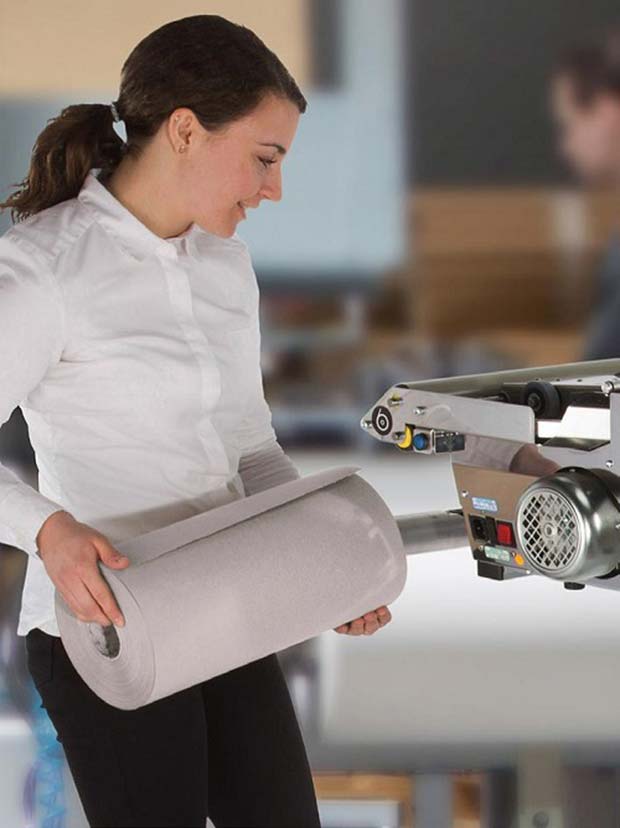Fluid warehouse operations are the beating heart of so many businesses. There might be a myriad of activities occurring at any one time: goods coming in, stock management, picking, packing, despatch, and so on.

The majority of warehouse processes are carried out by people, but intertwined throughout will be vital machinery which keep the entire operation in full swing. We know that health and safety at work is of paramount importance to most businesses, particularly where machinery is used. However, it’s an unfortunate reality that accidents still happen. According to the Health and Safety Executive, over 550,000 non-fatal accidents occurred in the UK in 2017-2018 – 21% of these were due to handling, lifting or carrying, and 4% were due to contact with machinery.
One accident is one too many
It’s a known fact that human error is often why accidents happen – people lose concentration, or they simply don’t follow procedure. Also, warehouses may have a high turnover of seasonal staff, so health and safety training can sometimes be rushed or forgotten.
Businesses may have limited control over human error, but they can ensure that the machinery workers are using is as safe as possible and that it won’t lead to injury or accident.
Packing lines are typically fast-moving environments, and operatives may be working in one place for prolonged periods. This in itself can lead to discomfort, strain or injury. Packing machinery, conveyor systems, or automated despatch systems can often be running all day or around the clock, so it’s essential that they are regularly monitored, serviced and maintained.
Ergonomic packaging systems
In most factories, PPE is provided for workers as standard, display screens are positioned for easy viewing and good factory processes are in place. However, for those in charge of managing packing operations, it’s not always easy to evaluate just how physically challenging packing all day can be. Also, dated packaging systems are less likely to be designed ergonomically, which can lead not only to accidents, but physical strains on the body too. Older systems will almost certainly be showing some signs or wear and tear that if not addressed, could result in a breakdown or worse, an accident.
At Pregis, our packaging solutions are designed and manufactured here in the UK to strict EU quality standards, with user safety and comfort as a number one priority. Our solutions are flexible, height adjustable, adaptable and user friendly, and above all they are safe.
Here is a simple checklist to help you evaluate your current packaging machinery. Can you tick ‘yes’ to all? Packaging Machinery:
• Is your packing machinery regularly serviced and maintained?
• Do moving parts have guards to prevent user access?
• Does your machinery have automatic safety cut-off?
• Are machines height and position adjustable?
• Does machinery automatically contain dust or consumable particles?
• Are all electrical cables secured and hidden to prevent trips?
• Does your machinery have operating manuals to hand?
• Are consumables stored safely and within easy reach?
Packaging Machinery operators:
• Are all staff fully trained to use the packaging machinery safely?
• Can staff access all consumable items without over-reaching?
• Are staff assessed for comfort and efficiency in their working environment?
• Can all staff lift and replenish consumables with ease?
• Is there a routine way for staff to raise safety concerns?
The above tips are just a basic guide to ensuring that your packaging machinery is fit for purpose, and that your staff are equipped to stay safe.
PREGIS
Tel: 01438 740649
Email: info@pregiseu.com




Comments are closed.